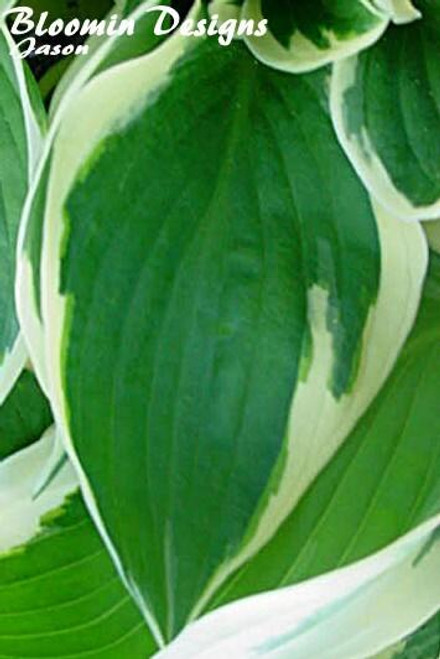Product Description
DANCING QUEEN Hosta (Terpening 2005) (4) 1-gallons
2020 Hosta of the Year
Hosta 'Dancing Queen' is a vibrant and dynamic hosta that adds a touch of whimsy and bright color to the shade garden. This medium-sized hosta features heart-shaped leaves that emerge a bright gold in spring, gradually transitioning to a lighter chartreuse-gold as the season progresses, especially with more sun exposure. The leaves have a distinct, wavy, and ruffled margin, giving them a playful, "dancing" appearance. 'Dancing Queen' forms a lovely, mounding clump and provides a cheerful splash of color in any shady setting. In midsummer, it produces tall scapes adorned with pale lavender flowers, further enhancing its beauty.
Details:
- Mature Size: 18-24 inches tall, 24-30 inches wide
- Leaf Size: 8-10 inches long, 6-8 inches wide
- Flower Color: Pale Lavender
- Bloom Time: Midsummer
- Growth Habit: Mounding
- Sunlight: Partial Shade to Full Shade (Best gold color in morning sun or filtered shade)
- Soil: Moist, well-drained
- Hardiness Zones: 3-9
Planting and Care:
- Planting: Choose a location with partial to full shade and moist, well-drained soil. Amend the soil with compost or other organic matter before planting. Dig a hole slightly larger than the root ball and plant it at the same depth as the container. Space plants 2-3 feet apart to allow for their mature size.
- Watering: Keep the soil consistently moist, especially during dry periods. Water at the base of the plant to avoid wetting1the leaves, which can increase the risk of fungal diseases.
- Fertilizing: Apply a balanced fertilizer in early spring as new growth emerges. Avoid over-fertilizing.
- Mulching: Mulch around the plants with shredded bark, compost, or pine needles to retain moisture, suppress weeds, and protect the crown.
- Pest and Disease Control: Be vigilant for slugs and snails, which can be a major threat to hostas. Use appropriate control measures like slug bait or traps. Hosta Virus X (HVX) is also a potential issue; purchase plants from reputable sources and discard any plants exhibiting symptoms of the virus.
- Division: Divide clumps every 3-5 years, or as needed, to prevent overcrowding and rejuvenate the plant. Division is best done in spring or fall.
Special Considerations:
- 'Dancing Queen' makes a wonderful addition to shady borders, woodland gardens, or container plantings.
- Its bright, golden foliage and ruffled leaves add a cheerful and playful touch to the landscape.
- It pairs well with other shade-loving plants, especially those with contrasting foliage colors and textures.
- The gold coloration is most pronounced in bright, filtered shade or with some morning sun. In deeper shade, the leaves may be more chartreuse. Too much direct sun, especially in hotter climates, can lead to scorching.
(4) 1-gallon containers ready to plant, plants may be trimmed for shipping,
Other Details
The most important part of the plant is its root system. Healthy roots are the foundation of a healthy, vibrant plant. The type of plug container used is based on the specific needs of the plants. Perennials offered as bare root traditionally perform better when planted as bare root.Planted in a specialized mix, potted plants have well established root systems. Top growth stage will vary depending on the current life cycle and time of year when shipped. In Winter and early Spring dormant plants may be shipped. Dormant plants may be planted right away, even before the last frost date.
Most bare root varieties are field grown for at least one season, though Hemerocallis and Hosta are grown for two seasons. The bulk of the soil is removed during the harvesting process and the tops of most varieties are trimmed back to the crown. They are graded, packed in shredded aspen or sphagnum moss and stored in freezers until ready to be shipped.
See our Container Sizes and Bare Root Perennials pages for more information.
Plant information and care is provided in the Overview section, Plant Genus Page and general information is provided in the Planting Care & Guides. Additional questions can be asked on each Plant page.
Plant Spacing: Using the maximum mature spread or width of a plant to guide spacing, ensures space to grow to full size. To fill an area sooner, plant them closer together. Just remember, future thinning or transplanting may be needed.
Water: Keep a close eye on newly planted perennials, especially throughout the first growing year. Most early plant loss is due to too much or too little water!


















